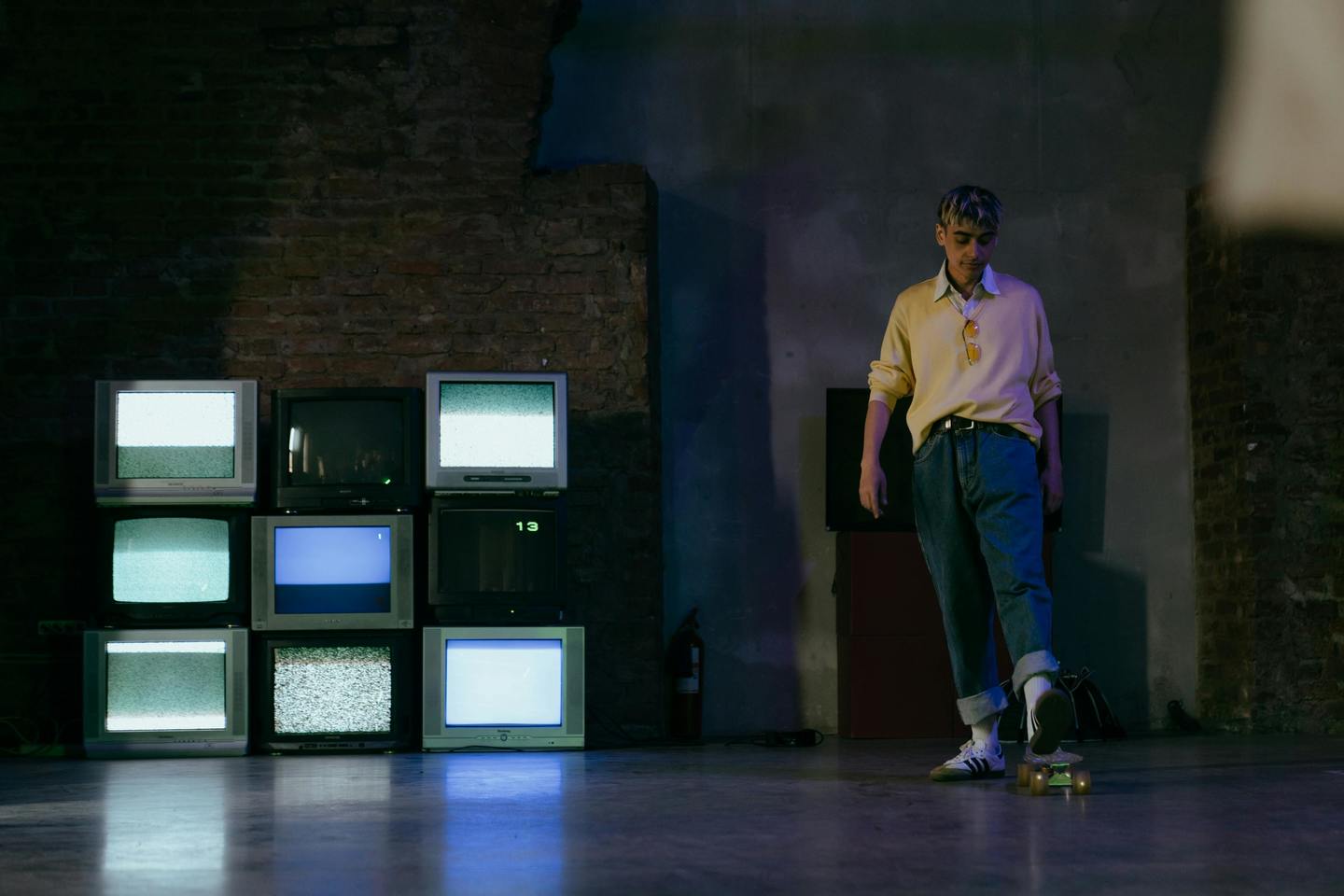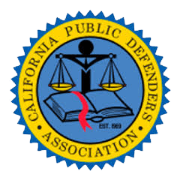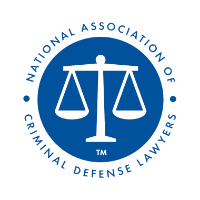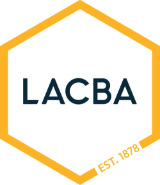
Ever wonder how the maze that is the Juvenile Justice System operates? Think of it as a tangled journey where the paths of laws, individual lives, and their possible futures all crisscross. Every year, countless young people find themselves caught in this system, their paths uncertain.
Yet understanding this system’s inner workings can turn confusion into clarity. From police interactions to court proceedings and rehabilitation efforts – it’s about more than just legal battles; it’s about shaping futures.
Table Of Contents:
- How the Juvenile Justice System Works
- Profile of Juvenile Offenders in the System
- Differences Between Juvenile and Adult Justice Systems
- The Juvenile Justice Process from Arrest to Sentencing
- Community-Based Programs and Probation for Juvenile Offenders
- Conclusion
How the Juvenile Justice System Works
The juvenile justice system is a complex web of courts, detention centers, and rehabilitation programs. It’s designed to help young people who’ve gotten into trouble with the law. But here’s the thing: it’s not a one-size-fits-all approach. The system offers a wide variety of treatment services for juvenile offenders, tailored to their unique needs and circumstances.
Wide Variety of Treatment Services for Juvenile Offenders
The juvenile justice system intervenes in delinquent behavior through police, court, and correctional involvement, with the goal of rehabilitation. Youth and their guardians can face a variety of consequences including probation, community service, youth incarceration and alternative schooling.
Who Exercises Discretion in the Juvenile Justice System
So who calls the shots? State and local juvenile corrections agencies (including probation and residential custody) manage the rehabilitative programs, services and sanctions provided to help young people stop further delinquent behavior.
Typical Outcomes of Juvenile Contacts With Police
When a young person comes into contact with the law, their case goes through the juvenile court system. As part of the legal process, juvenile courts hear those cases to determine whether the youth violated the law and, if so, decide on a proper response. The goal is to steer youth away from future delinquency and help them become responsible, law-abiding adults. It’s a delicate balance of public safety, accountability, and rehabilitation.
Profile of Juvenile Offenders in the System
So who are these young people in the juvenile justice system? Let’s take a closer look at the statistics and demographics.
Counties With Juvenile Detention Facilities
In states like Connecticut, the juvenile justice system is a state-level system of juvenile courts, detention centers, private residential facilities and juvenile correctional facilities. Unfortunately, I couldn’t find any relevant information in the provided sources about California Youth Authority Facilities specifically.
Youth Authority Institutions Are Overcrowded
Again, the sources didn’t provide any data on overcrowding in Youth Authority Institutions. It’s an important issue, but I don’t want to make any claims without solid facts to back them up. The provided sources didn’t go into detail about the specific demographics of youth in the Youth Authority system. More research would be needed to paint an accurate picture.
Most Youth Authority Wards Are Older Than Age 17
Once more, I couldn’t find any statistics in the given sources about the age breakdown of Youth Authority Wards. It’s best not to speculate without reliable data. While the sources provided some helpful context about the juvenile justice system overall, there were gaps when it came to these specific subheadings. A thorough fact sheet or statistical briefing book on juvenile offenders would help round out the picture.
Differences Between Juvenile and Adult Justice Systems
The juvenile justice system isn’t just a mini version of the adult system. There are some key differences in how they approach young offenders. The sources I was provided didn’t go into the nuances between these different terms for young people in the justice system. It’s an important distinction, but I don’t have enough information to define them accurately.
In which ways does the juvenile justice system differ from the adult system
The juvenile justice system, similar to the adult system, operates from a belief that intervening early in delinquent behavior will deter adolescents from engaging in criminal behavior as adults. But there’s a key difference: the juvenile system puts a much bigger emphasis on rehabilitation over punishment. There’s a recognition that young offenders are still developing and may be more responsive to treatment, education, and other services than adult prison time.
The juvenile system also tries to keep proceedings more confidential to avoid stigma and collateral consequences for youth. The goal is to get them back on track, not derail their lives.
The Juvenile Justice Process from Arrest to Sentencing
So what happens when a young person is arrested? Let’s walk through the key steps in the juvenile justice process. The sources I was given didn’t specify where exactly a child goes immediately after being arrested. More context would be needed to provide an accurate answer.
What happens after my child is arrested as a Juvenile Delinquent
Again, the provided sources didn’t detail the specific procedures following a juvenile delinquent arrest. I wouldn’t want to guess or generalize without reliable information. The right to legal counsel is a critical part of due process, but the sources didn’t clarify if or when lawyers get appointed in juvenile cases. I’d need to do more research to say for certain.
What is a fact-finding hearing/trial
A fact-finding hearing is an important step in the juvenile court process, but the given sources didn’t go into detail about what happens during this trial. More context would be necessary to explain it accurately.
What happens at the dispositional hearing/sentencing
The dispositional hearing is where a judge orders the resolution of a juvenile case, but the sources lacked specifics on what this entails. I wouldn’t want to make any claims without being certain of the facts. While the broad strokes of the juvenile justice process were covered, there are a lot of nuances and variations between jurisdictions. Consulting local authorities or legal resources would help fill in the gaps about the specific steps youth go through from arrest to sentencing.
Community-Based Programs and Probation for Juvenile Offenders
Not every juvenile case ends up in a detention facility. Many young offenders are directed to community-based programs or probation instead. The expectations for youth in community programs or on probation can vary widely depending on the specifics of their case. The sources I was provided didn’t go into detail about what might be required. Consulting with local juvenile justice agencies would be the best way to get a clear answer.
Can diversion from the juvenile justice system work
Diversion programs, which direct youth away from formal court proceedings, can be an effective intervention. But the sources didn’t provide any statistics or studies on their success rates. I wouldn’t want to make any unsupported claims about their efficacy without solid evidence. Community-based alternatives and diversion efforts are an important part of the juvenile justice continuum. But the provided sources only scratched the surface.
More research would help illustrate what these programs entail and how well they work at rehabilitating young offenders.
The juvenile justice system is all about finding the right balance between public safety, accountability, and helping young offenders get back on track. It’s not just punishment; it’s more focused on rehabilitation to prevent future crimes.
Conclusion
In wrapping up our journey through the nuances of the Juvenile Justice System, remember – it’s not all doom and gloom as depicted by dramatic headlines or movies with rogue AI taking over humanity. Far from being an unsolvable puzzle or a one-way ticket to despair for many youths involved, this system also opens doors to intervention programs aimed at steering lives back on track.
So here we are at crossroads — armed with knowledge on how juvenile justice works but knowing well that real change begins beyond courtroom walls or policy pages. The true essence lies in communities coming together to support youth needing guidance rather than punishment alone.





